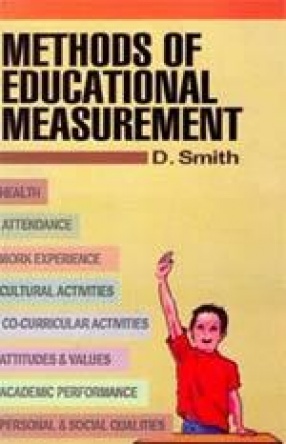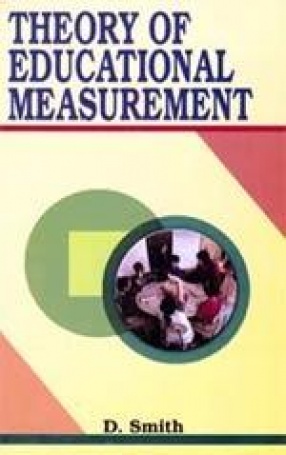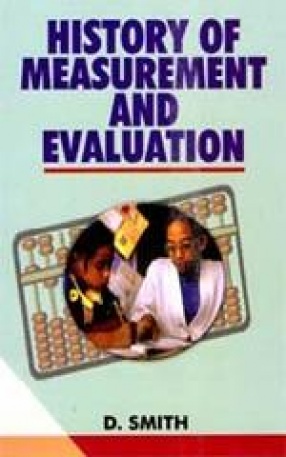
Showing all 4 books




Experiments and efforts were made in Europe to improve the race in the beginning of the twentieth century. It was called eugenics and to improve the race it was necessary to understand the variables of the personality of a child. Such efforts have however, not been made in the developing countries like India so far. Most of the work of educational measurement was done in the armed forces. The veterans of war in America, after the world war II was over were ...

Basic to using the results of measurement is the interpretation of scores. A test score is merely a number, devoid of meaning in and by itself. Not until it is related to something does it become meaningful and thus useful. Before we proceed with a discussion of the various uses of test results, it would be well to take another look at a device which facilities interpretation. This is the profile, a graphic methods of depicting the results of the testing of ...

At the turn of the century standardized tests as commonly used today were unknown. The first, such school-subject test to be published or made generally available was one in arithmetic by Stone. By 1920 the first standardized tests of intelligence and of personality, a number of tests in school subjects, some aptitude tests and some general survey tests of school achievement had made their appearance. Also, the first book on educational measurement and on ...

Before and during world War II, a variety of testing programmes and services were developed. They were uncoordinated, and some were financially and professionally weak. Some educational leaders, particularly President James B.Conant of Harvard, felt that there would be great advantages to combining as many as possible of these into a single strong testing agency. After several years of planning and negotiating, the Educational Testing Service was established in ...
